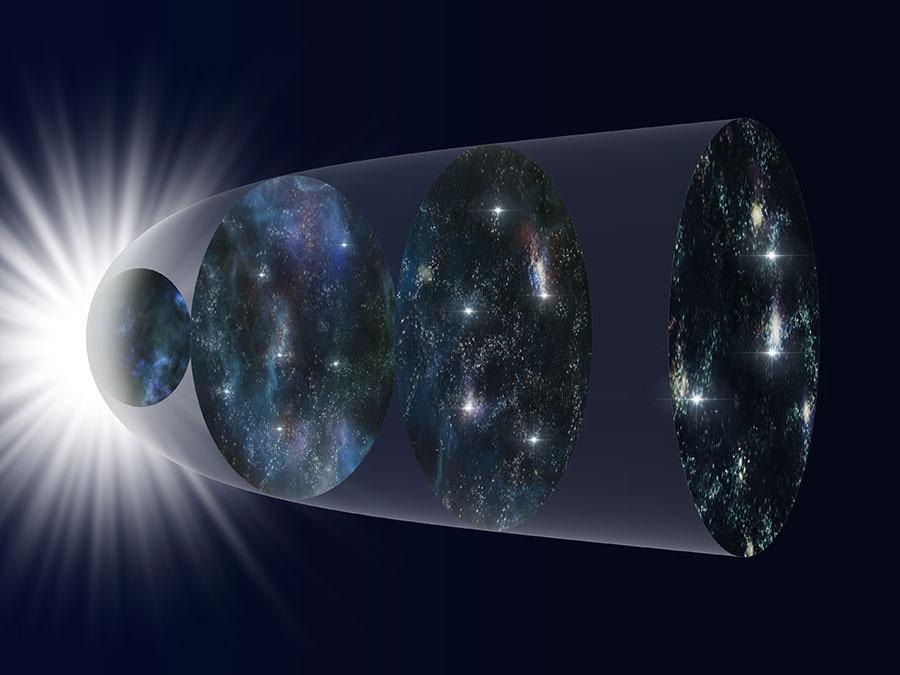May 17 2021
A database consisting of over 1000 supernova explosions has been examined by an international research group. The group has discovered that models for the expansion of the Universe closely match the data when a new time-dependent variation is added.
 Schematical representation of the expansion of the Universe over the course of its history. Image Credit: NAOJ.
Schematical representation of the expansion of the Universe over the course of its history. Image Credit: NAOJ.
If the findings of this study are verified as correct with future, higher-quality data from the Subaru Telescope and other observatories, they could denote still unidentified physics functioning on the cosmic scale.
Over nine decades ago, Edwin Hubble’s observations displaying the expansion of the Universe stay as the basis of modern astrophysics. However, when one gets into the details of estimating how quickly the Universe was expanding at various time points in its history, researchers have trouble getting theoretical models to correspond to the observations.
To this end, a research group under the guidance of Maria Dainotti (Assistant Professor at the National Astronomical Observatory of Japan and the Graduate University for Advanced Studies, SOKENDAI in Japan and an affiliated scientist at the Space Science Institute in the United States) have investigated a catalog consisting of 1048 supernovae, which erupted at different times in the Universe’s history.
The researchers discovered that the theoretical models could be made to equal the observations if one of the constants utilized in the equations, suitably known as the Hubble constant, is permitted to differ with time.
There are various probable explanations for this obvious change in the Hubble constant. A potential but monotonous likelihood is that observational biases occur in the data sample. To help rectify potential biases, astronomers are making use of Hyper Suprime-Cam on the Subaru Telescope to visualize fainter supernovae over a broader area. Data obtained from this instrument will raise the sample of supernovae noted in the early Universe and decrease the data uncertainty.
However, if the present results hold up under additional examination, if the Hubble constant is indeed varying, that unlocks the question of what is forcing the change to take place. Responding to that question could need a new, or at least altered, version of astrophysics.
Journal Reference:
Dainotti, M. G., et al. (2021) On the Hubble constant tension in the SNe Ia Pantheon sample. Astrophysical Journal. doi.org/10.3847/1538-4357/abeb73.